Imagine a world where lush green islands float serenely across shimmering wetland waters, each one buzzing with life and hope. These are not scenes from a futuristic fantasy, but a bold and innovative reality unfolding right now. As climate change threatens our planet’s most delicate ecosystems, a radical idea is taking root: floating islands. These human-made habitats are transforming the way we protect wetlands, offering unexpected lifelines to wildlife, clean water, and communities. The story of floating islands is one that stirs the imagination, blending science, ingenuity, and a touch of magic to safeguard nature’s watery wonders.
The Hidden Power of Wetlands
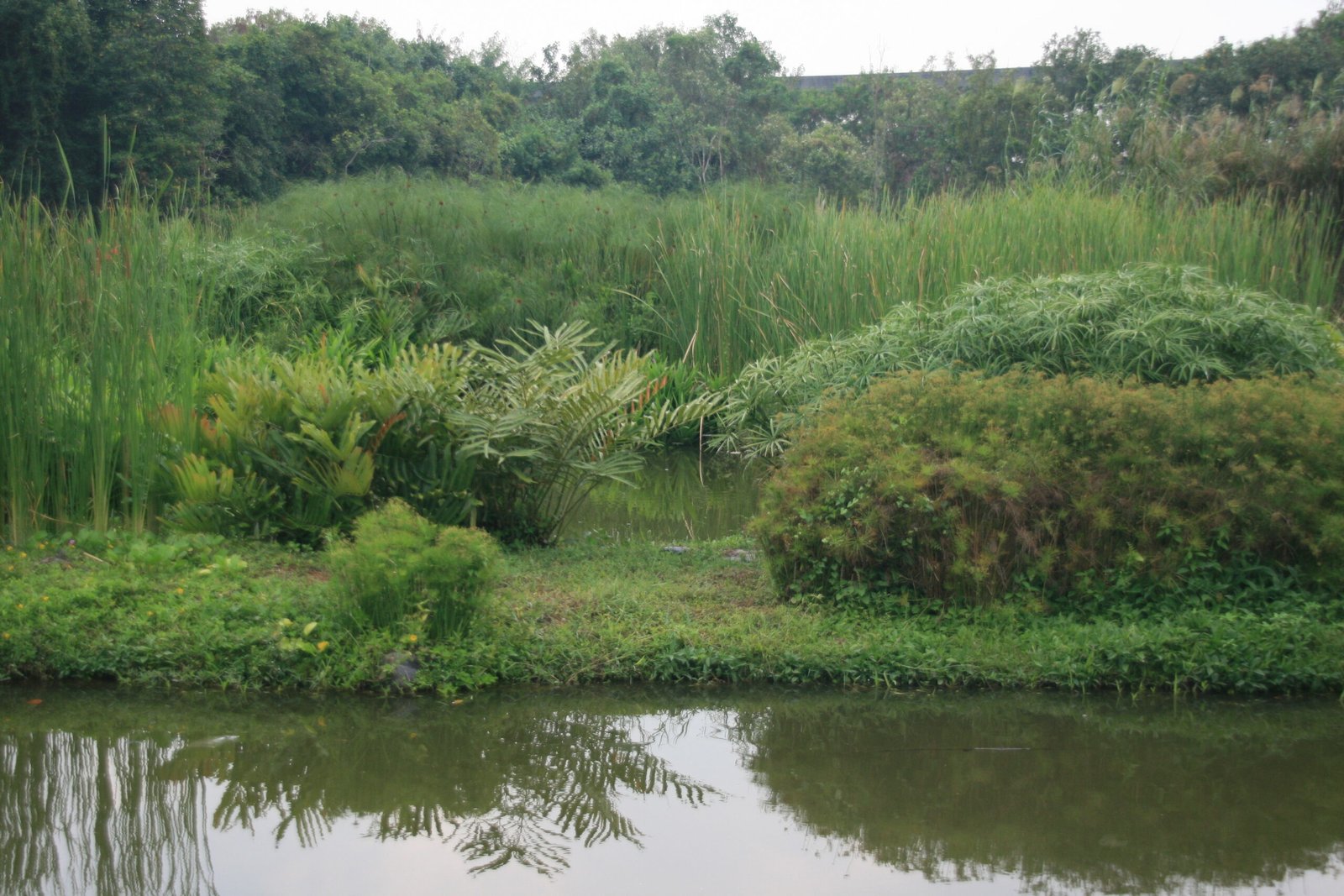
Wetlands often go unnoticed in everyday life, yet they are among the most vital ecosystems on Earth. They act as natural water filters, trapping pollutants before they reach rivers and lakes. Wetlands also serve as nurseries for countless species, from tiny insects to majestic birds. When storms strike, wetlands act like sponges, soaking up excess water and preventing floods. Their soils lock away massive amounts of carbon, making them natural allies in the fight against climate change. When these habitats disappear, their loss ripples outwards, disrupting food webs and endangering communities. Protecting wetlands is a silent battle with enormous stakes for our planet’s health.
Why Wetlands Are Under Threat
Despite their importance, wetlands are vanishing at an alarming rate. Urban expansion, industrial pollution, and intensive agriculture all take a toll, draining or poisoning these fragile lands. Climate change adds extra pressure by shifting rainfall patterns and raising sea levels, which can drown or dry out wetlands. In many places, invasive species crowd out native plants and animals, further harming the delicate balance. When wetlands shrink, so does their ability to protect us from floods and filter our water. Every year, the world loses vast swaths of these habitats, making bold new solutions desperately needed.
The Ingenious Concept of Floating Islands
Floating islands might sound like something out of a fairytale, but their design is rooted in science and engineering. These islands are constructed from buoyant materials—like recycled plastics or coconut fibers—topped with soil and native plants. The result is a floating patch of life that mimics natural wetlands, offering refuge for wildlife and cleaning water below. By moving with the water’s surface, floating islands adapt to changing water levels, a feature that makes them especially valuable as the climate becomes less predictable. It’s a simple yet powerful idea, turning human innovation into a force for ecological restoration.
How Floating Islands Clean Water
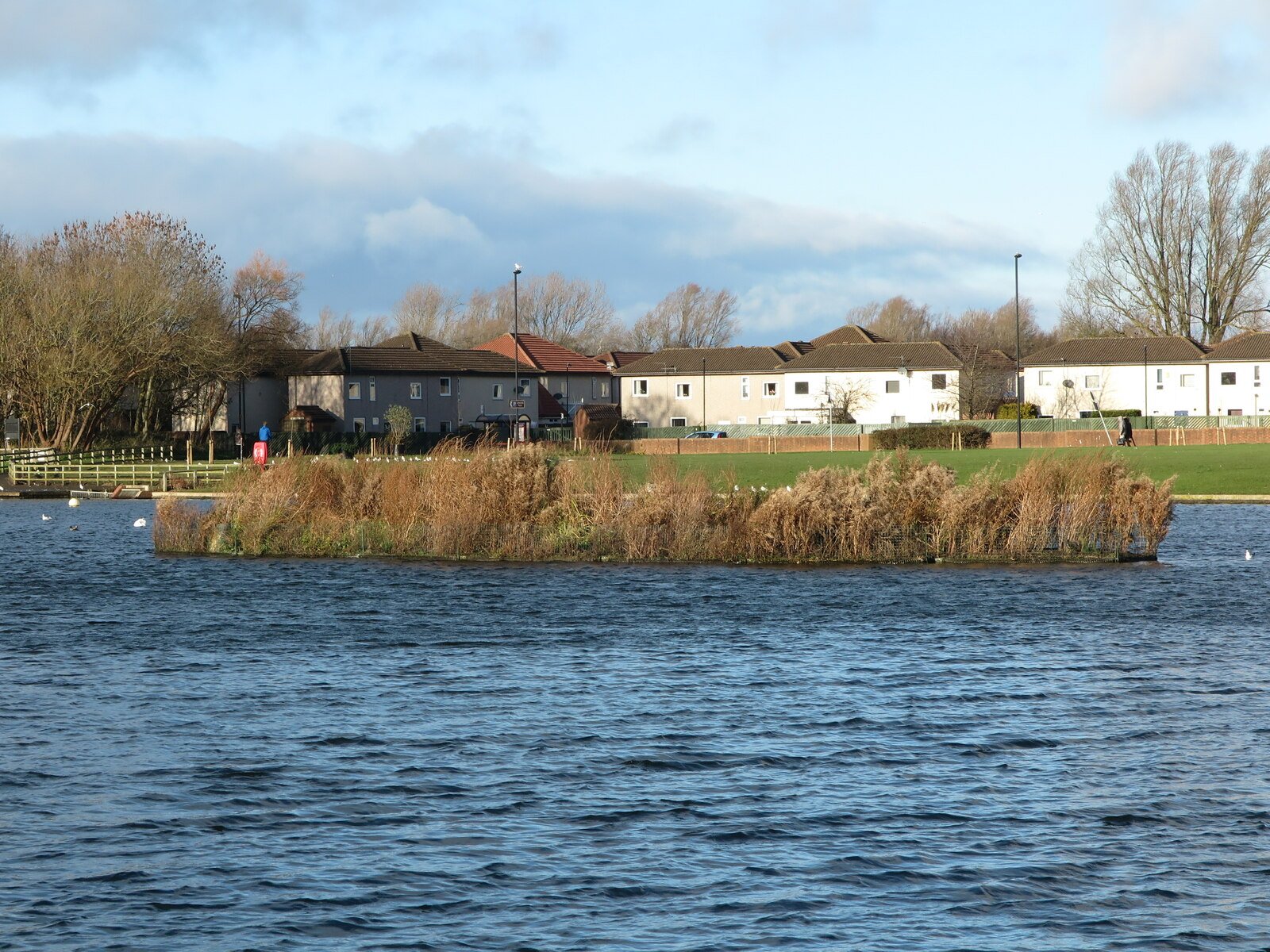
One of the most remarkable features of floating islands is their ability to purify water. The roots of the plants dangle into the water, creating a dense mat that traps sediments, absorbs excess nutrients, and breaks down harmful chemicals. Microbes living among the roots play a vital role, converting pollutants like nitrogen and phosphorus into harmless substances. As a result, the water around floating islands often becomes clearer and healthier, benefiting both wildlife and people. This natural cleaning process reduces the need for costly water treatment facilities, making floating islands a surprisingly efficient solution for polluted wetlands and lakes.
Creating New Habitats for Wildlife
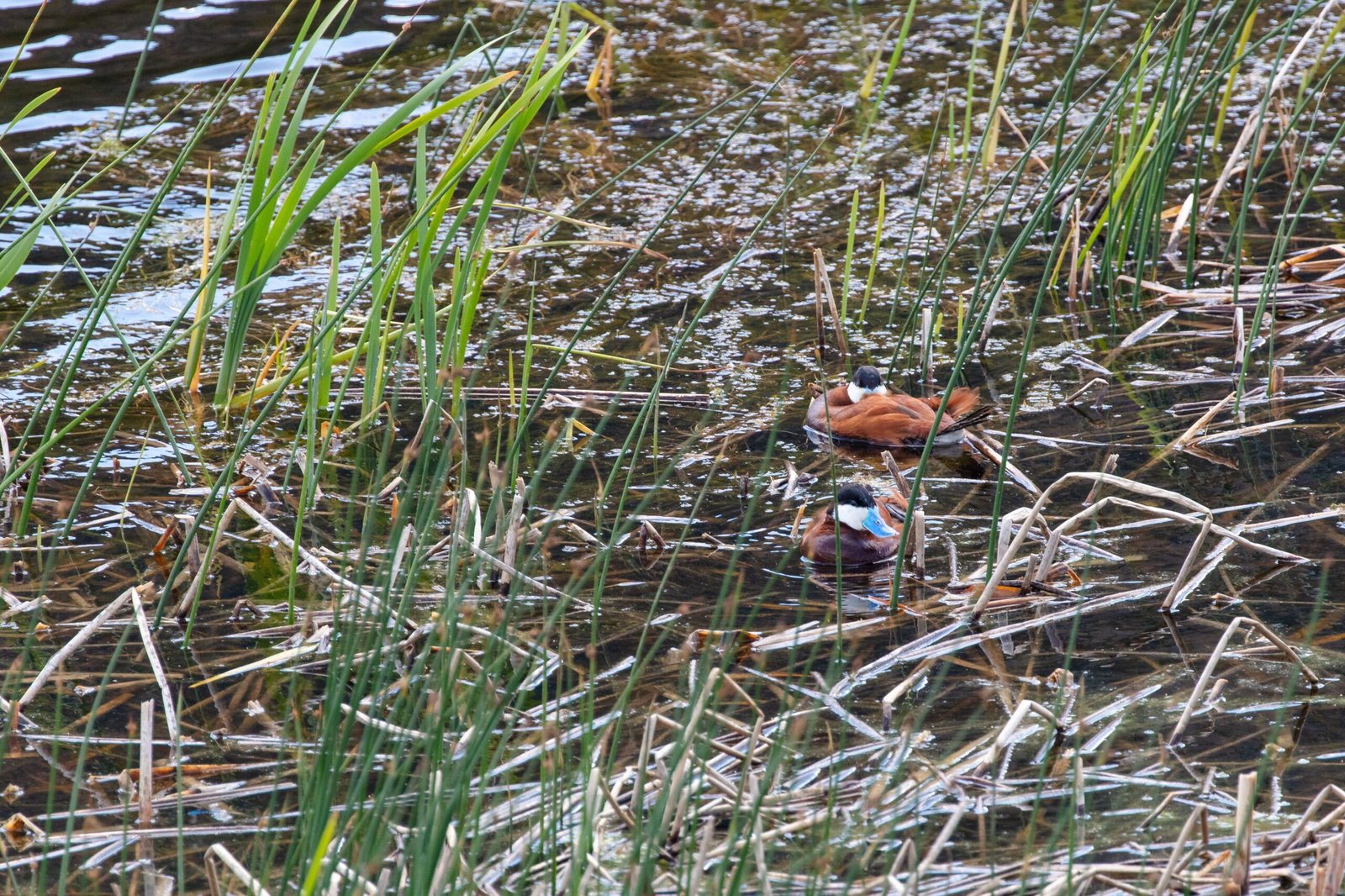
Floating islands don’t just clean water—they become thriving homes for animals. Birds nest safely among the reeds, while fish and amphibians find shelter in the tangled roots. Insects and pollinators are drawn to the blooming flowers, supporting the entire food web. Some islands are even designed with special features, like hollow spaces or gentle slopes, to attract specific species such as turtles or rare birds. In places where natural wetlands have disappeared, floating islands offer a lifeline, bringing back lost habitats and helping endangered species recover. Their presence can transform barren waterscapes into vibrant oases teeming with life.
Real-World Success Stories
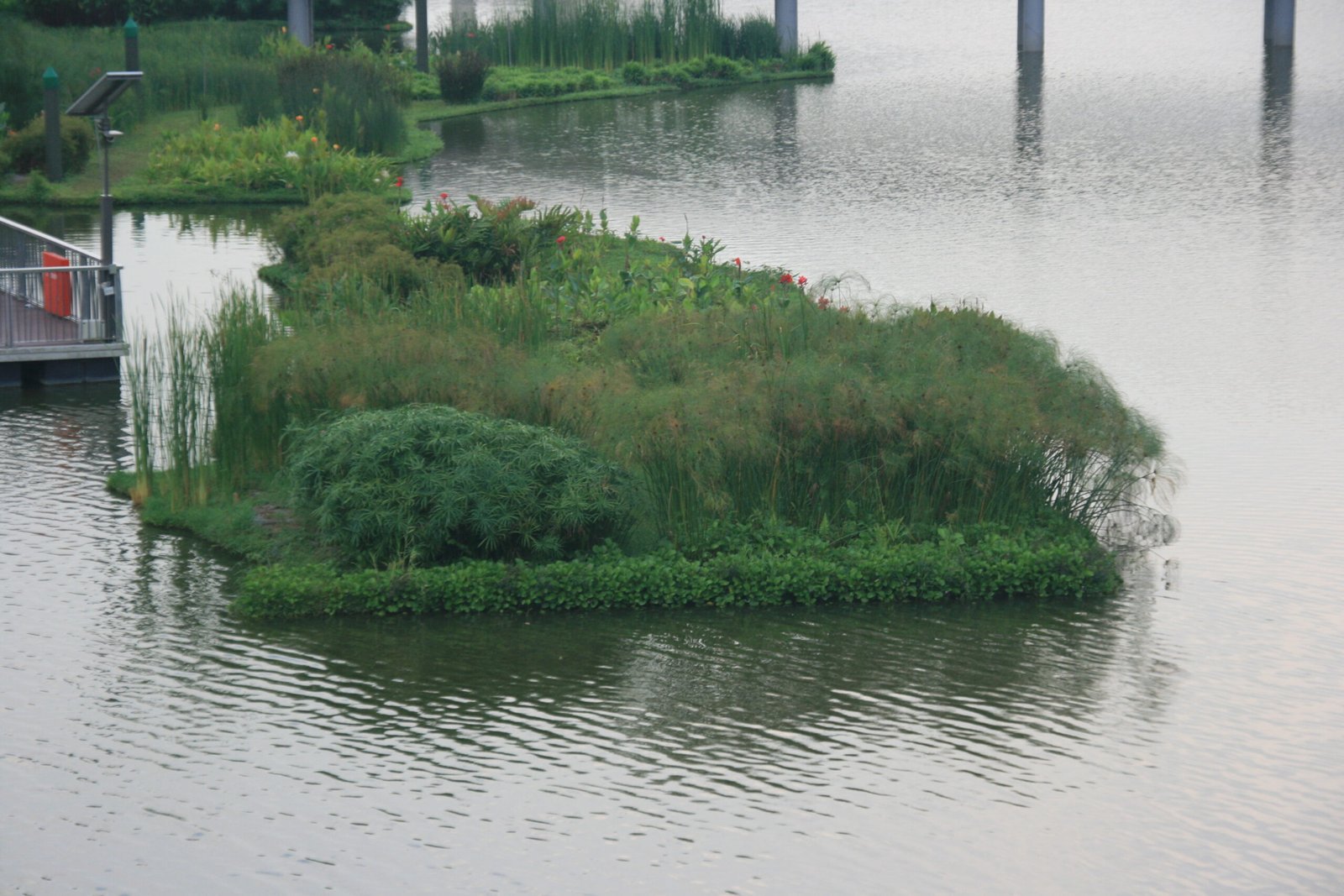
Across the globe, floating islands are proving their worth in dramatic ways. In China, large floating wetlands have been deployed to clean up polluted lakes, leading to the return of fish and waterfowl once thought gone for good. In the United States, cities like Baltimore have used floating islands to reduce toxic runoff in urban harbors, creating green spaces that attract both wildlife and visitors. Even in drought-prone areas of Africa, floating islands help restore balance by stabilizing water quality and supporting local fisheries. Each project tells a story of hope, showing how creative thinking can solve seemingly impossible environmental problems.
Designing Islands for a Changing Climate
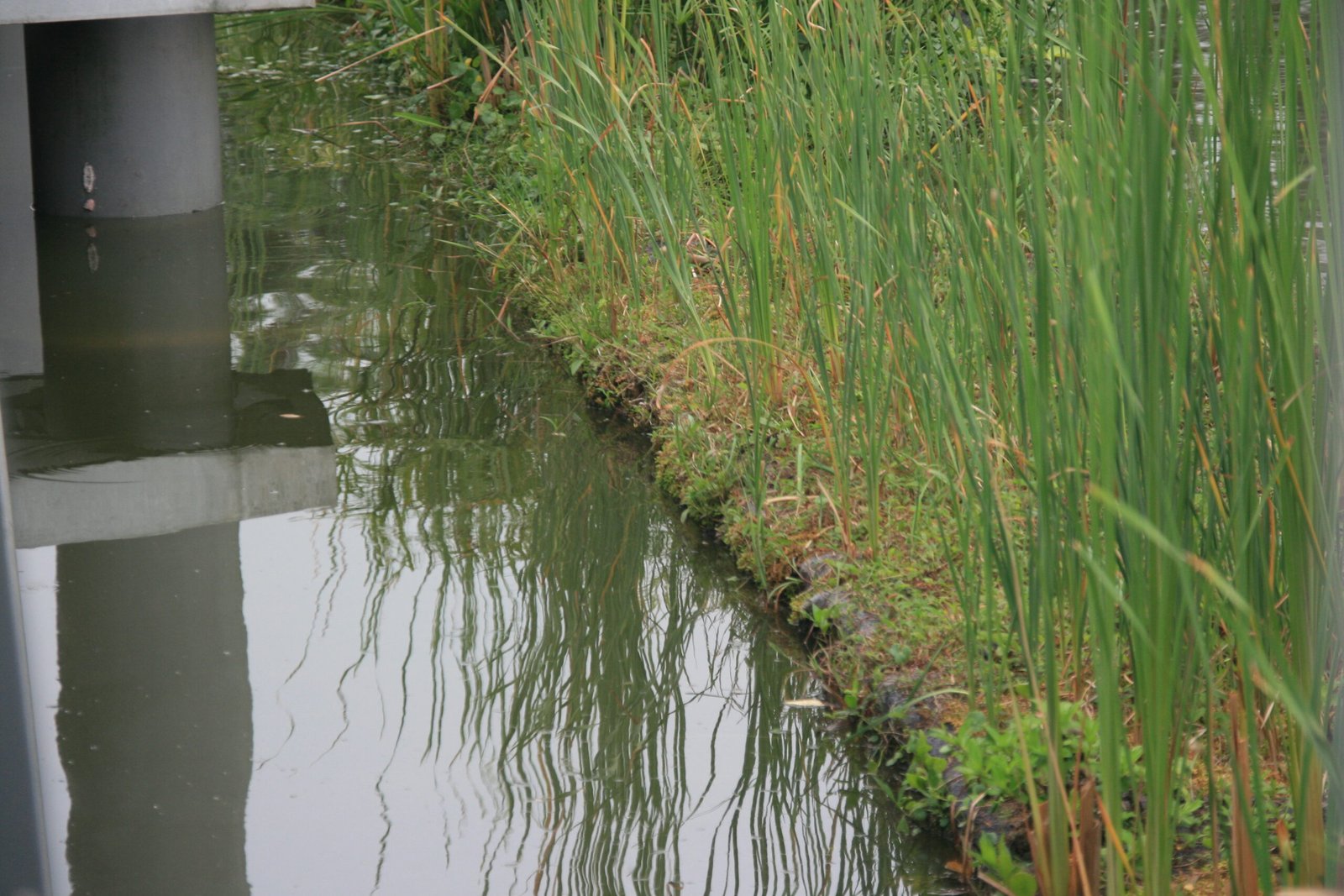
With extreme weather events becoming more common, adaptability is key. Floating islands are uniquely suited to shifting conditions, rising and falling with water levels and withstanding storms that might devastate traditional shorelines. Scientists are now experimenting with different plant combinations and island shapes to maximize resilience. Some islands use tough, native grasses to anchor the soil, while others add windbreaks or shade plants to reduce heat stress. These innovations mean floating islands can thrive in a wide range of environments, from icy northern lakes to tropical deltas. The goal is to create living systems that can weather whatever the future brings.
Community Involvement and Education
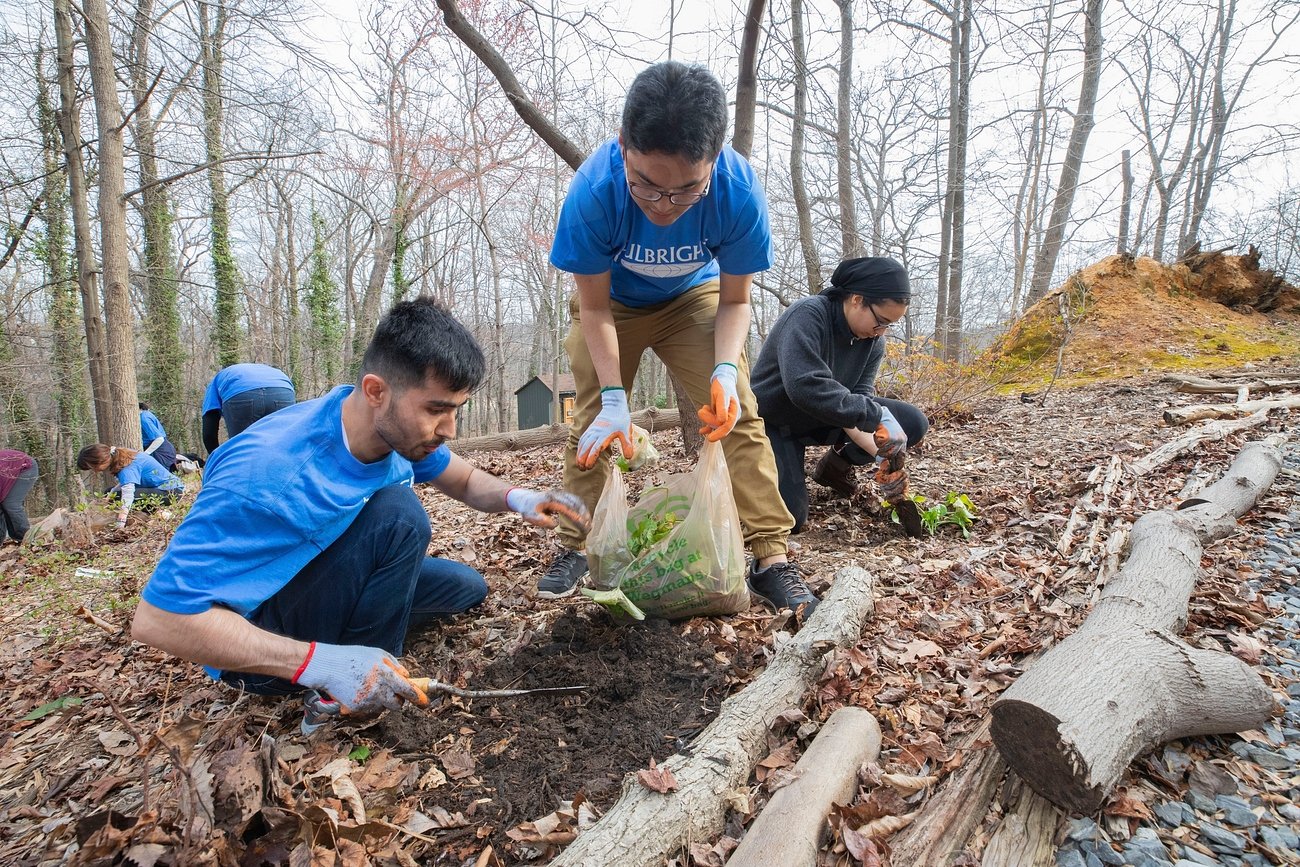
Floating island projects often bring together scientists, local residents, and students, turning conservation into a community effort. Volunteers help build and launch the islands, learning about ecology and engineering along the way. Schools use floating islands as outdoor classrooms, teaching kids about water quality and plant life through hands-on experience. These projects foster a sense of stewardship, inspiring people to care for their local wetlands and waterways. By involving communities, floating islands become more than just technology—they become symbols of hope and collaboration.
Economic and Social Benefits
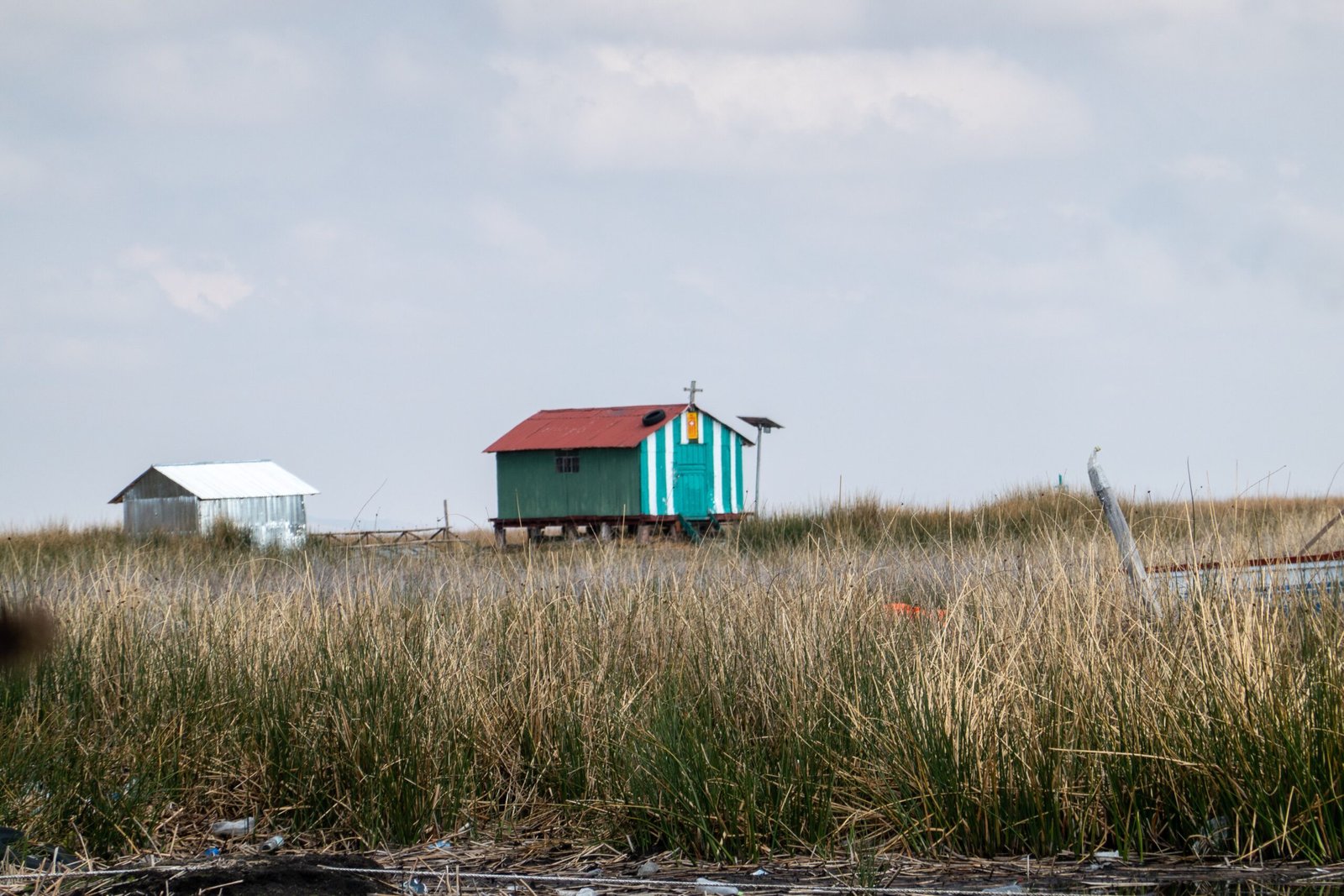
Beyond their ecological impact, floating islands offer tangible benefits for people. Cleaner water means healthier communities and reduced healthcare costs. In tourist areas, the sight of green islands floating on blue water can attract visitors, boosting local economies. Floating islands can also support fisheries by providing breeding grounds for fish, helping sustain livelihoods. In urban areas, they soften the concrete landscape, providing pockets of nature that improve mental well-being. These wide-ranging benefits make floating islands a wise investment in both environmental and human futures.
Challenges and Limitations
Despite their promise, floating islands are not a silver bullet. They require regular maintenance to ensure plants stay healthy and structures remain afloat. In some places, strong currents or waves can damage the islands, making careful site selection essential. There is also the challenge of scaling up—turning small pilot projects into widespread solutions that cover large wetland areas. Scientists continue to study how best to integrate floating islands with traditional conservation methods, finding the right balance between nature and technology. Addressing these challenges is crucial to unlocking the full potential of floating islands.
The Future of Floating Wetlands
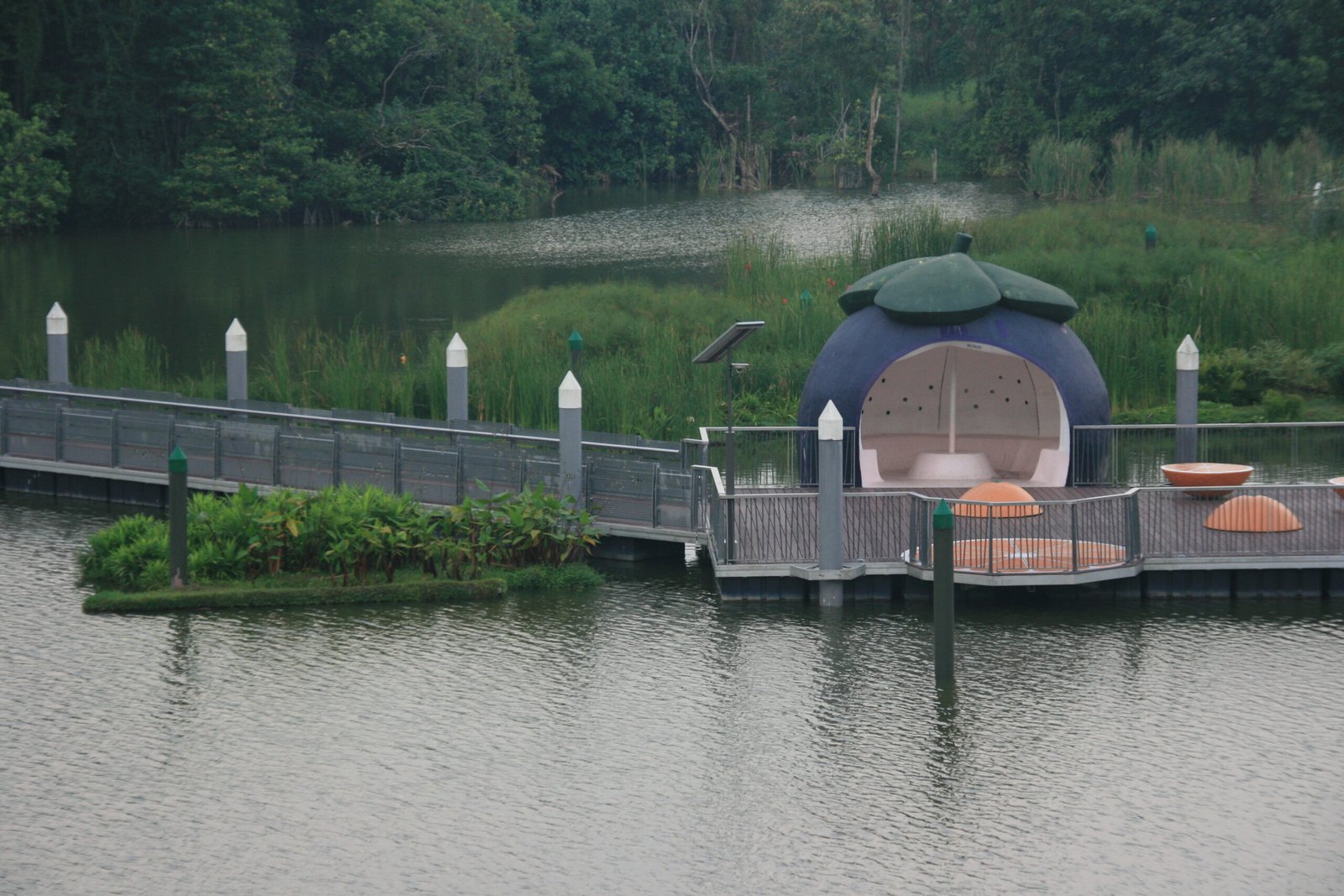
Looking forward, the potential for floating islands is as vast as our imagination. New materials and planting techniques are making islands lighter, stronger, and more diverse than ever. Some researchers envision entire networks of interconnected islands forming floating parks, wildlife corridors, or even eco-friendly urban developments. As awareness grows, governments and conservation groups are beginning to invest in floating islands as part of larger climate resilience strategies. The dream of restoring wetlands, reviving wildlife, and protecting communities is no longer out of reach—it is floating right before our eyes.
Wetlands are nature’s quiet heroes, and floating islands offer them a lifeline in troubled times. By blending innovation with respect for the natural world, we have the chance to protect these precious places for generations to come. Could the answer to our wetland crisis truly be found in these buoyant gardens? The possibilities are as boundless as the waters they float upon.




